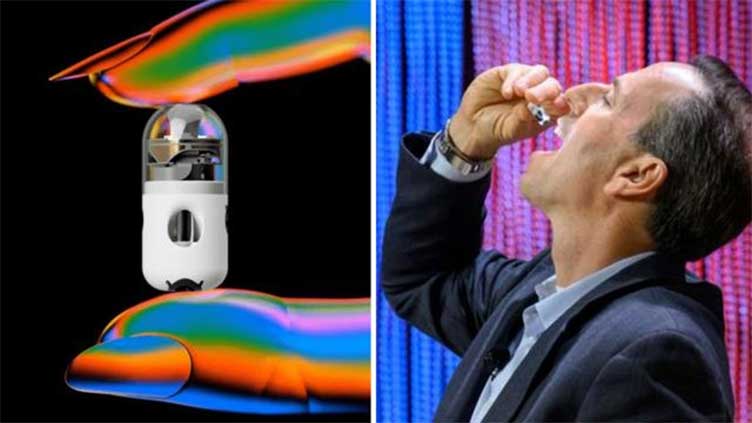A swallowable robotic pill produced by a startup is entering clinical trials to advance the area of telemedicine.
Endiatx created PillBot, a remote-controlled digestible mini-robotic camera gadget that can replace the need for invasive medical treatments.
PillBot aims to be a virtual endoscope or a "moving eyeball in the stomach." The pistachio-sized bot moves like a multicopter drone thanks to its pumpjet thrusters.
According to California-based Endiatx, this pill-shaped camera allows patients to consult with leading gastroenterologists across the world from the comfort of their own homes.
"We are currently doing clinical trials with our pill bot technology. Endiatx's CEO, Torrey Smith, told VentureBeat that pivotal studies will begin at a top US medical institution in Q3/Q4.
Many stomach cancer cases—11,000 in the United States and 800,000 worldwide—are detected too late for effective treatment.
They do not receive traditional upper endoscopy (EGD) because staff and facilities are overbooked.
Since the beginning of 2019, Endiatx has been dedicated to making the concept of miniature robots navigating the human body a reality for diagnostic and therapeutic purposes.
Their groundbreaking device, the PillBot, is an ingestible robotic capsule. The PillBot, which includes cameras, sensors, and wireless communication technologies, allows doctors to examine the gastrointestinal tract with unprecedented precision and control.
PillBot, according to its developers, will save lives while alleviating the burden on healthcare institutions and allowing for telemedicine stomach cancer screening for those who have limited access to hospitals.
This will also allow gastroenterologists to treat a bigger number of patients. Endiatx promises that PillBot will dramatically advance telemedicine and provide fair access to life-saving technology.
Innovative remote diagnostics
The first motorized pill camera for telemedicine in the world allows physicians to instantly watch inside the stomach during a telemedicine session, replacing upper endoscopy (EGD).
PillBot, which is roughly the size of a multivitamin pill, can travel freely throughout the stomach thanks to its pumpjet thrusters. The user swallows PillBot while awake, and the only preparation required is to skip meals and drink lots of water.
The present prototype, which measures about 13mm by 30mm, demonstrates outstanding potential. "It can transmit high-res video at 2.3 megapixels per second, and we have plans to quadruple that video quality soon," Smith told VentureBeat about it.
The faraway doctor uses a smartphone app to control the robot within the patient's stomach. PillBot stops down and spontaneously leaves the body within six to twenty-four hours. In addition, the team is working on utilizing AI to make a preliminary diagnosis, after which a physician will develop a treatment plan.
Smith anticipates a future in which PillBot, which is currently controlled manually by doctors for mobility and camera operations, becomes completely autonomous with AI supervision.
This breakthrough has the potential to widen its reach and save many lives by diagnosing and treating gastrointestinal disorders early on.
The team hopes to expand the technology to analyze the colon, vascular system, heart, liver, brain, and other regions of the body. Finally, they expect that this will allow hospitals to concentrate on more critical medical treatment and surgeries.



























